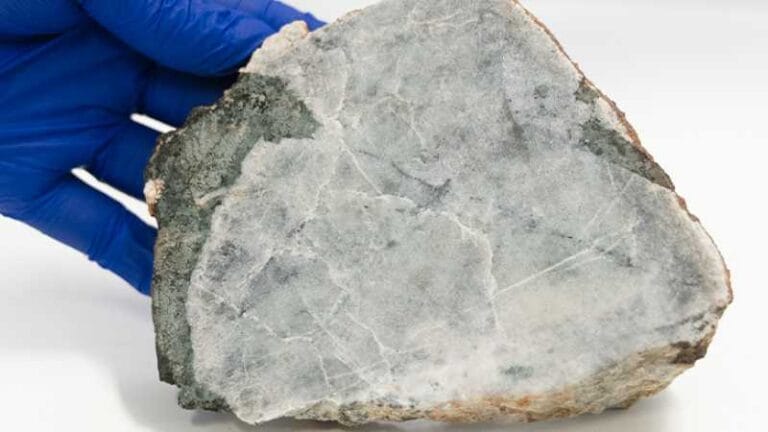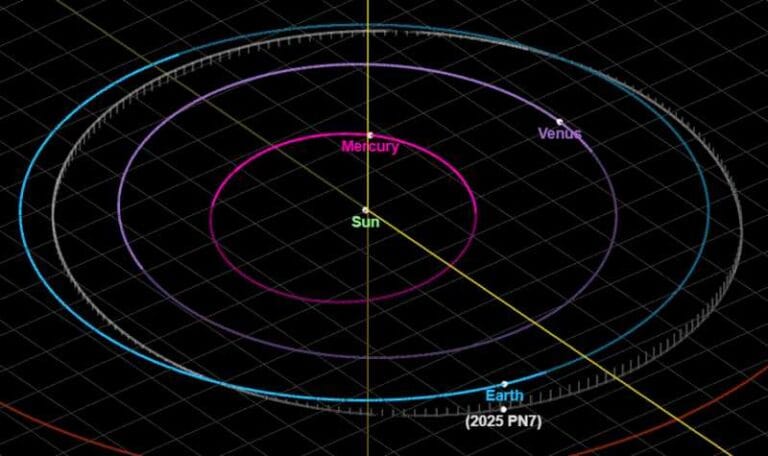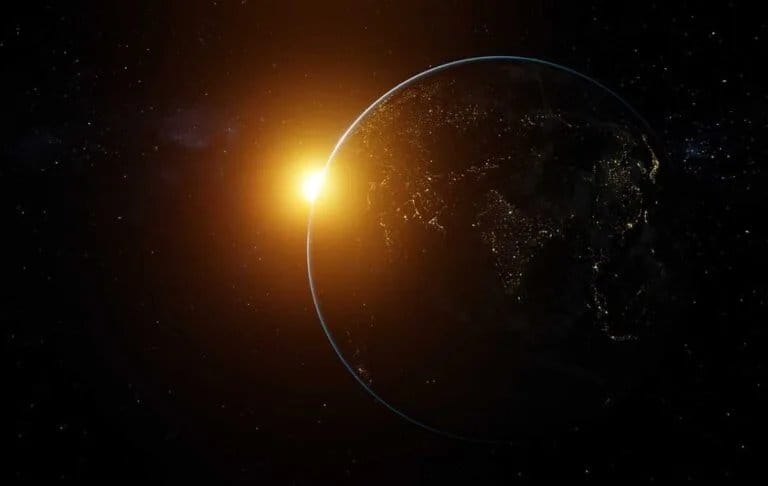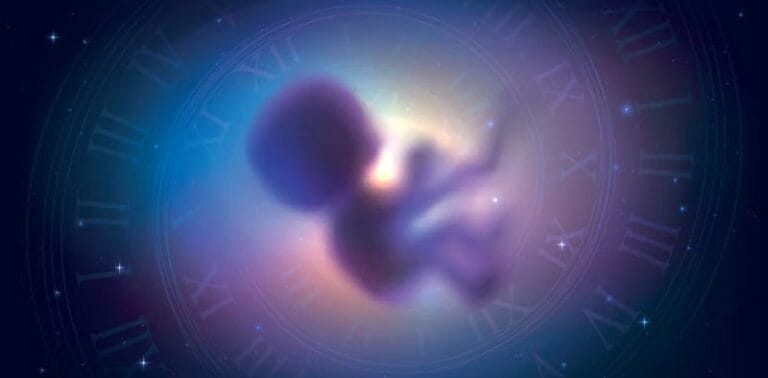There was a comet close to the Sun during the eclipse
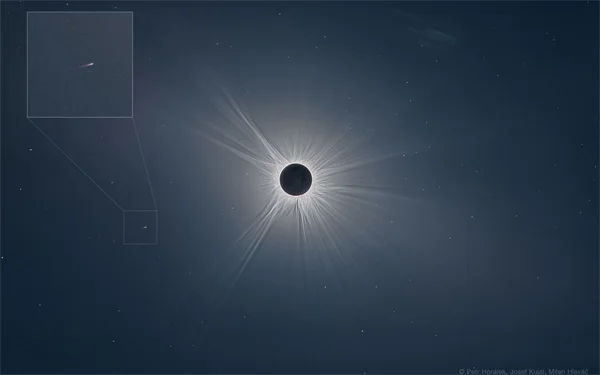
Any dedicated “umbrophile” will tell you: no two eclipses are exactly alike. The weather, solar activity, and the simply expeditionary nature of reaching and remaining in the Moon’s shadow for those brief moments during totality guarantee a unique experience every time. The same can be said for a brief glimpse of what’s happening near the Sun, from the prominences and pearly white corona to the configuration of bright planets… and, perhaps, a new comet.
Discovery
While many were planning to try to spy on the periodic comet 12P Pons-Brooks during totality, astronomer Karl Battams of the US Naval Observatory warned us about another possibility. A new sungrazing comet , seen just a few hours earlier. The Kreutz family comet was seen by Worachate Boonplod in the field of view of the joint NASA/ESA Solar Heliospheric Observatory (SOHO) LASCO C3 and C2 imagers. They are equipped with coronagraphs that cover the Sun and allow us to see the nearby solar environment. The mission was launched more than a quarter of a century ago, in 1995. SOHO was deployed at the L1 Earth-Sun Lagrange point toward the Sun, nearly a million miles away. Since then, SOHO has proven to be a crucial working instrument in solar heliophysics.

The comet was soon given the formal designation of SOHO-5008. That’s right: SOHO has led to the discovery of more than 5,000 comets in its career. Most of these discoveries were thanks to the efforts of dedicated online detectives combing through recent LASCO footage.
At the time, the doom’d comet was a faint object, located just a few degrees from the Sun. The icy intruder was a difficult target to capture during the fleeting minutes of totality, but at least two dedicated astrophotographers managed to capture it. Lin Zixuan saw it in a picture of northern New Hampshire. Petr Horálek of the Opava Institute of Physics in the Czech Republic was capturing images of Mexico when he saw the object.
Like so many other sungrazers, the comet met its end shortly after discovery (less than 12 hours, in fact), like a sun-plunging spaceship in a Disaster Area show, straight out of Douglas Adam’s Hitchhiker’s Guide to the Galaxy .
A brief history of the Sungrazers
This type of SOHO versus comet versus eclipse discovery has only occurred twice: once in 2008 and once in 2020). SOHO was not designed per se to find comets, but its prolific nature as a comet hunter has become an essential part of the mission’s legacy. SOHO defined entire new families of Kreutz, Marsden, and Kracht sungrazing comets. And to think that, before the mission, only sixteen sungrazing comets were known.
A similar case was the Great Comet of 1948, which was also discovered by astonished observers during a total solar eclipse. Another was C/1965 Ikeya-Seki, which became one of the greatest comets of the 20th century. More recently, C/2011 W3 Lovejoy surprised everyone by surviving its perihelion passage 140,000 kilometers from the Sun’s surface. However, just a year later, 2012 S1 ISON did not survive.
It was an exciting celestial spectacle, with an added attraction.
This article is republished from Universe Today . Read the original article


